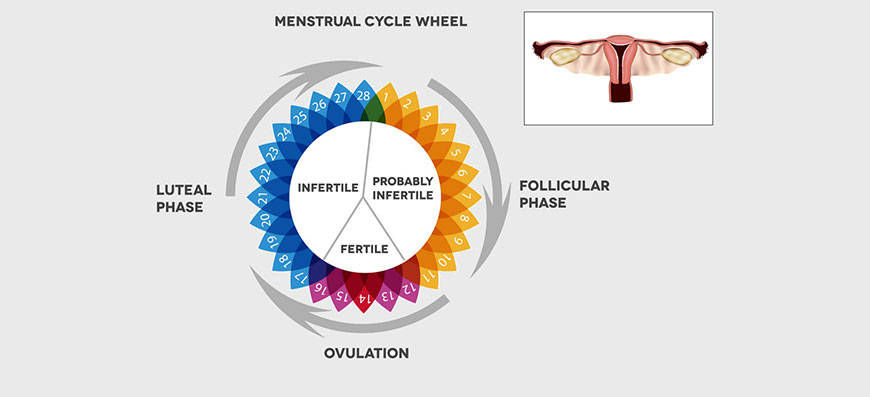Luteal Phase Defect (LPD)


If you are experiencing a difficulty in getting pregnant or you are having miscarriages, then you could be suffering from a problem called luteal phase defect (LPD). This condition works to disturb a woman’s menstrual cycle. However, there has been no consensus as to whether this condition directly is a cause of infertility. This is because there is no direct test that will tell us if it is so.
Luteal Phase Defect – What It Is
The time period between ovulation and the starting of a woman’s period is the third phase of a woman’s menstrual cycle. This is termed luteal phase. This is the phase when fertilization and implantation occur. Typically, a luteal phase defect is when the lining of a woman’s womb does not grow as required during the woman’s menstrual cycle. This makes it very difficult for implantation of the embryo in the uterus and for the woman to thus become pregnant.
Luteal Phase Defect – Causes
The main cause leading to luteal phase defect is thought to be a lack of progesterone stimulation. It could also be that the uterus lining does not adequately react to progesterone stimulation. Luteal phase defect is thought to occur because of the presence of a defective corpus luteum. A defective endometrium may also be the basic cause.
Luteal phase defect is also thought to occur because of the following conditions:
- Endometriosis
- Excessive oxidative stress/ Too much of exercise
- Obesity
- Anorexia
- PCOS
- Thyroid disorders
- Nutritional deficiencies
- Stoppage of hormonal contraception
- Hyperprolactinemia (excess of a hormone that causes the production of breast milk)
It has been observed that luteal phase defect can be correct if these conditions are treated.
Symptoms of Luteal Phase Defect
Typically, luteal phase defect does not cause any changes to periods. Nevertheless, it may happen that monthly periods start on an earlier date due to luteal phase defect. Other luteal phase symptoms are:
- Repeated miscarriages in early pregnancy
- Difficulty in becoming pregnant when there is no other obvious reason
- Menstrual cycles of less than 26 days (many a time short cycles are considered normal)
- Spotting before periods
- Pre-menstrual syndrome (PMS)
In most cases, difficulty in getting pregnant may be the only symptom.
Luteal Phase Defect Diagnosis
Usually, a biopsy of the endometrium is conducted to determine if the uterus can bear a pregnancy. This test is done just one or two days in advance of the next period. For the biopsy, a small portion of the uterine lining is taken as a sample and tested to see if it is a typical one pertaining to that day of the cycle. On dating the sample, if it is found that there is a difference between this date and your menstrual cycle, the lining is considered out of phase. The diagnosis is confirmed only after two biopsy results indicate out of phase dates.
Another diagnostic test that is used to diagnose LPD is the serum progesterone test. This is a blood test that is done seven days after a woman’s ovulation. The result gives an indication if the body is producing a sufficient amount of progesterone.
Luteal Phase Defect – Treatment
It is important to treat luteal phase defect anyway as it contributes to the better health of the body. However, if you have any condition that may lead to luteal phase defect, it has to anyway be treated. No treatment is required if the woman patient does not want to get pregnant.
If you are suffering from this condition, it is important to talk to our fertility specialists because all the treatments may not be effective. It has been observed that women who get treated for LPD and do not go in for assisted reproduction techniques have improved chances of becoming pregnant. For any clarifications that you may need on LPD treatment or interpretation of your condition, or for a second opinion, get in touch with IVF Spring Fertility Centre.
